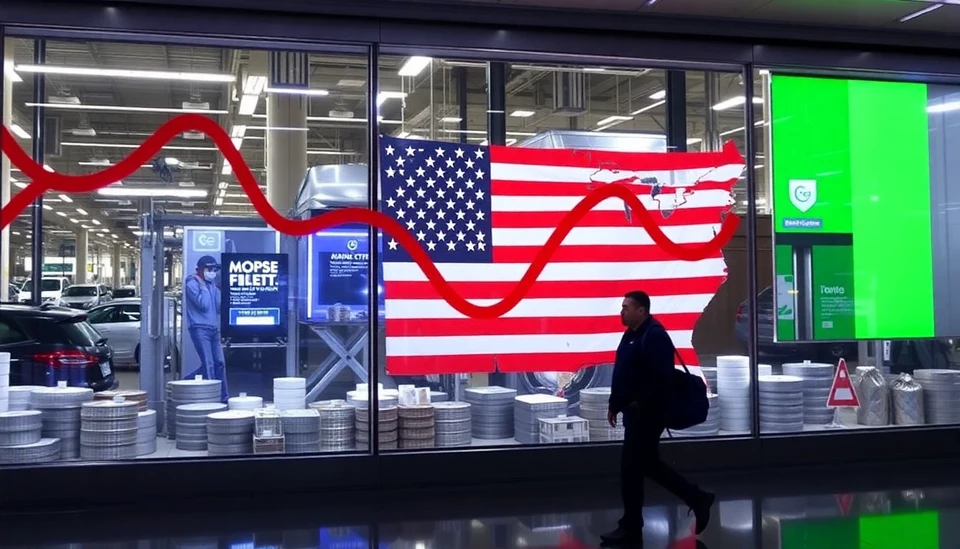
In a significant shift for the labor market, U.S. job openings have dropped to 7.6 million, marking the lowest figure since September of last year. This decline is a striking indication of shifting economic conditions and signals potential changes in the employment landscape across the nation. The latest data, reported by the Labor Department, highlights a decrease in job vacancies, an essential factor for understanding the current status of the economy.
The latest statistics reveal that the number of available positions has seen a decline from previous months, indicating a potential cooling of the labor market. Analysts are increasingly interpreting these figures as a reflection of economic uncertainty, particularly in light of rising interest rates and inflationary pressures that have affected consumer spending habits.
As businesses confront ongoing challenges, including supply chain disruptions and evolving consumer demands, many are becoming more cautious about hiring. The drop in job openings paints a picture of employers reframing their workforce strategies, focusing more on maintaining stability rather than aggressive expansion.
The report outlines that the largest declines in job openings occurred in sensitive sectors such as retail, construction, and technology. The retail industry, which had previously surged amid pandemic-related shifts in consumer behavior, is witnessing a recalibration as consumer preferences change once again.
Furthermore, the decrease in job openings could signal a potential shift in labor supply and demand. With fewer vacancies, job seekers may face tougher competition for available positions. This evolving dynamic raises questions about wage growth, job security, and the overall health of the job market moving forward.
Economists are split on the implications of this downturn. While some view the decrease as merely a seasonal adjustment or correction phase, others warn that it could hint at broader economic challenges. The Federal Reserve's strategies in combating inflation have also been a topic of discussion, as central bank officials monitor job market indicators closely to guide future monetary policy decisions.
The labor market's resilience over the past few years was a remarkable narrative, but as job opportunities wane, all eyes will be on how various sectors adapt to these changing conditions. Stakeholders, including policymakers and economic analysts, will be closely watching subsequent reports for further insight into the evolving relationship between employment levels and economic health.
In summary, the drop in job openings to 7.6 million is a pivotal development that reflects broader economic trends. It underscores the importance of remaining vigilant regarding employment data as it can have far-reaching consequences for consumers and businesses alike.
#JobOpenings #USEconomy #LaborMarket #EconomicTrends #EmploymentStatistics #Inflation #JobGrowth
Author: Rachel Greene




